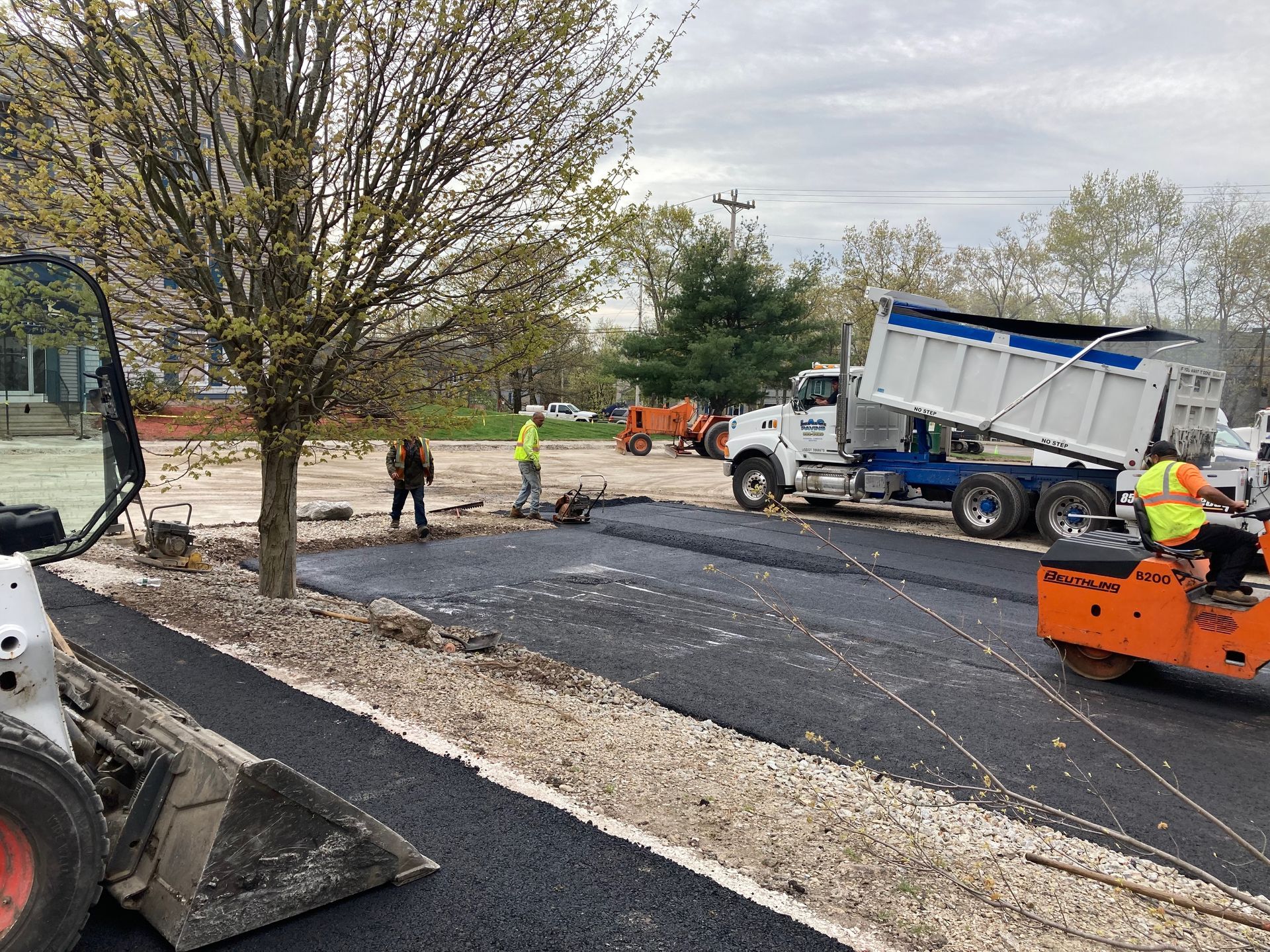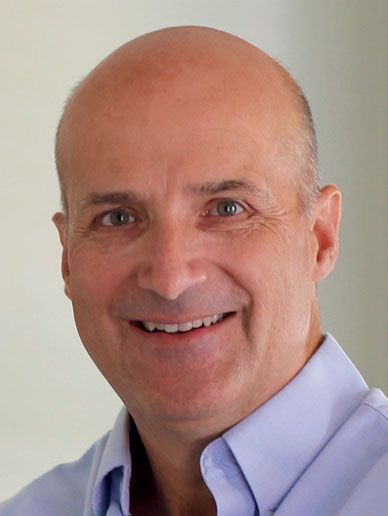The Anatomy of a Parking Lot Capital Replacement Project; A Case Study in Reserve Planning & Project Management

Reserve planning and project management are critical components of association management. While community planning for long term capital replacement projects is critical, this effort is frequently overlooked as some Boards may not be familiar with the process and their management teams may either not have the expertise or the commitment to work through the various challenges associated with evaluating reserves and assisting Boards with numbers and long term planning.
The story below sets the context for one community’s history related to association reserve funding followed by the work involved to make sure a major capital project, a parking lot replacement, was fully scoped out with an effective bid management plan and, ultimately, the installation of a new parking lot that should meet the needs of the community for a couple decades, or more, to come.
The Context – A Financially Stressed Community 6 Years Ago
New Star’s familiarity with this community began in 2018 when the Board replaced a long established management team. Our team began management operations about August of that year. However, the budgeting and financial management upon are arrival was a train wreck. The reserve account was fully drained. The operating budget was running on fumes. By October of that year our office had to assemble a recovery budget for operations for approval and January implementation.
While dues were adjusted to realistic operating levels, three investor members (a majority) of the Board turned down a Reserve Study recommendation to raise an additional $148,000 over two years. The Reserve Engineer recommended the immediate boost to Reserves as the balance was zero in January and the community had an extensive list of deferred maintenance items with big ticket items, such as three large parking lots, needing replacement.
Although the community was solvent again in terms of day-to-day expenses (Operating Budget), the decision to continue to short reserves would end up delaying major replacement projects as well push the funding decision further down the road. Although the reserve study recommended asphalt replacement within a couple years, funding caused the community to deal with potholes and the failing parking lot until 2024.
The Parking Lot Project
Starting about February of 2024, four proposals were received to remove the old, broken up asphalt, curbing and sidewalks. Interesting enough all 4 proposals came from companies the New Star team had experience and all 4 bids were within a few thousand of each other. The scope of work was tight and with 4 proposals coming so close to each other, the Board was satisfied they were pursuing the right project that was priced at the right value. A selection was made for the winning vendor. With the notification to the winning vendor, New Star called another on-site meeting with the vendor to walk through the project and develop a clear demo and rebuild plan.
This plan broke the large project down into phases. For example, on Day 1, the sidewalks and curbing were removed. Day 2 involved the removal of the parking lot and regrading and compacting surface preparation. Each day had specific instructions for the community pertaining to car movements and when cars had to be totally out of the lot and when they could return at the end of the day. Each day, New Star property management was on site to assess project pace, measure blacktop thickness and work through changes that became apparent as the project continued. With consistent inspection and communication with the vendor as well as updates to the community, the project finished perfectly on time and meeting Board expectations.
Post Project – Next Steps for the Asphalt Lot
Regarding the parking lot replacement project, the new lot is beautiful and fully striped. While the immediate project was a clear success for the community, the Board has been reminded that after a year the fresh asphalt will need to be seal coated and re-striped. Although the new lot is solid, the materials are still “curing” and will continue to cure for the next year.
Once the new lot has been in place for a year, sealcoating is recommended to protect the new lot from ultraviolet rays (UV). Often, there is confusion on the merits of seal coating with some suggesting sealcoating is valuable only for cosmetic reasons. It looks nice! Although fresh sealcoat does look good, the mechanical reason for coating is protection from the sun excessively “drying” out the oils in the asphalt. If left unattended and unsealed, the new lot will age faster as the oils evaporate, the asphalt “dries out” and will eventually become brittle. Brittleness will lead to cracking and eventually pot holes. Typically, sealcoating will need to be reapplied every 5 years or so. As cracking will eventually emerge as the lot ages, the Board will have to be vigilant to keep these cracks filled about every 3 years. Crack filling, combined with sealcoating, will extend the useable life of a very important and expensive capital asset.
More to do – Reserve Planning (again!)
With zero in Reserves back in 2018, the community has been building reserves since. However, you may recall from the background to this case that the recommendation to jump start the reserve fund with $148,000 infusion early on was rejected by board members working on behalf of their investor clients. The investors eventually sold their position with resident unit owners now comprising the Board. Although budget planning really doesn’t begin until about September 2024, Board discussions are already under way to look at various funding options to bring reserves to targeted levels.
Not isolated to this particular case study, numerous communities find over time that poor consideration for reserve funding is now showing itself with significant deferred maintenance and an increasingly pressing challenge of revitalizing reserves and addressing capital assets now in need of replacement. As daunting as the task can be, New Star is no stranger to collaborating with Boards to help sort out funding needs and options and transparently communicating to communities in a way that garners broad based support for tough choices upon which the community is dependent.
Tim Wege is President and Founder of New Star Properties. With an MBA with a concentration in Finance, Tim held several management positions with a global chemical company. In 2015, Tim launched New Star with zero clients and zero staff. Today, the New Star team serves over 2500 units in condominiums, HOA’s, multifamily and commercial property management.

SERVICE AREA
New Hampshire
Northern Massachusetts
and surrounding areas
Business Hours
- Mon - Thu
- -
- Friday
- -
- Sat - Sun
- Closed









Share On: